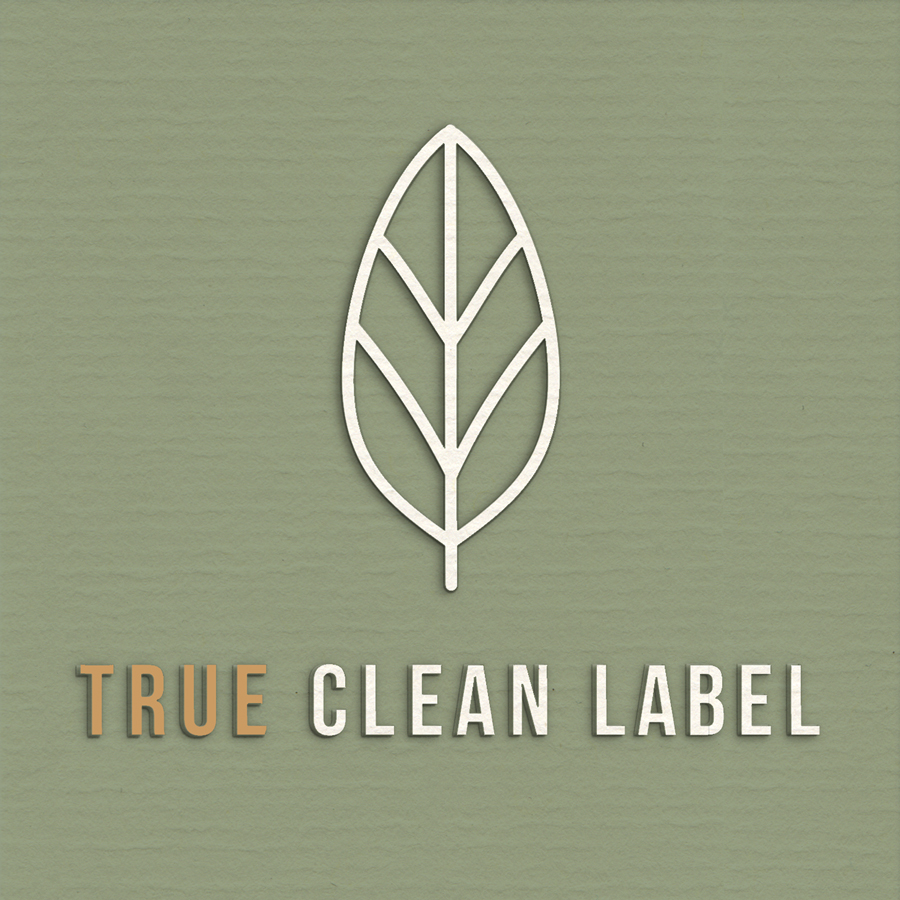Ethiopian Frankincense (Boswellia carterii)
Boswellia carterii, a variety of Ethiopian frankincense, is very rare. The tree originally thrived mainly in arid African regions, where it adapted to the hot, dry climate. During the especially hot summer months, the trees shed their foliage to protect themselves from excessive evaporation of water. This variety is not commonly cultivated outside of Africa.
Traditionally, the tree's honey-yellow resin is obtained by carving the trunk and branches. The liquid, which is milky at first, pours out of the tree then dries when exposed to sunlight. Several incisions are made, which increases the resin quality from harvest to harvest. This procedure begins in early April and continues for several months. As a result, an increasingly high-quality, pure resin can be obtained several times per year, which is used for a wide variety of purposes. Following these harvests, the trees are left to regenerate for several years, allowing them to rebuild their resin reserves.
The dried resin of Boswellia caterii, like the resin of other known Boswellia species, is rich in valuable resin substances, such as boswellic acids.
























